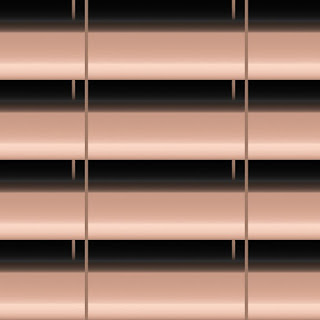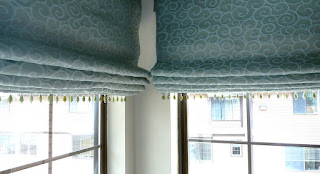Blinds and Shades Trivia
It is amazing all the tid-bits of information that we are unaware of. In addition, there are those things we think we know and come to find out we were mistaken. For example, you probably think that venetian blinds originated in Venice, Italy. This is not the case. Venetian blinds actually originated in Persia around 1100AD. It was due to trade routes through Italy that these blinds became popular. Venetian blinds became widely used throughout Europe in the 1700's.
Window coverings have ancient origins. Curtains were a utility feature and hardly thought of as interior decorative design. Window coverings were used to block out the sun on hot days and keep out the chill during the winter. The first air conditioning units were hides soaked in water and hung up over the openings of the structure. As a the breeze entered the home, the air would be cooled by the dampened window coverings. The Egyptians used strips of wet cloth to keep the sun and dust from entering their homes.
The first louvered blinds were discovered in the ancient city of Pompeii. (Pompeii was established around 6-7 BC and was abandoned 79 AD.) These louvered slats were made of marble. The marble slats provided shade during the day and, at the same time, allowed light to filter into the rooms while still promoting some privacy. Later on, it was found that using marble became less popular and these slats were replaced with wood.
It was not until around the 1700's that people started to consider window coverings as a decorative feature -- even art! Having glass windows had a lot to do with this trend. Glass windows were being used in the middle ages; however, only the wealthy could afford them. A modest home usually had only one glass window. Now that people were able to protect furnishings and window coverings from the elements, people of means began to consider the quality of their window coverings, seeing them as part of their home's furnishings instead of just a way to beat the weather. In the late 1700's the first decorative paper roller shades became fashionable. Artists would be consigned to paint beautiful scenes to brighten the home when the shades were drawn. In his early days, the renoun artist Renoir, painted window shades!
Of course, we cannot forget Rome's contribution to shade design. As part of the construction of the Coliseum, a series of huge retractable canvases were used to keep the spectators comfortable while enjoyed their entertainment. Today, the much scaled down version that fits in our windows is aptly called the Roman shade.
We hope you enjoyed this bit of blinds and shades trivia. Should you have any questions on your home's need for window coverings, give us a call. We would love to hear from you!
720.872.9900






Comments
Post a Comment